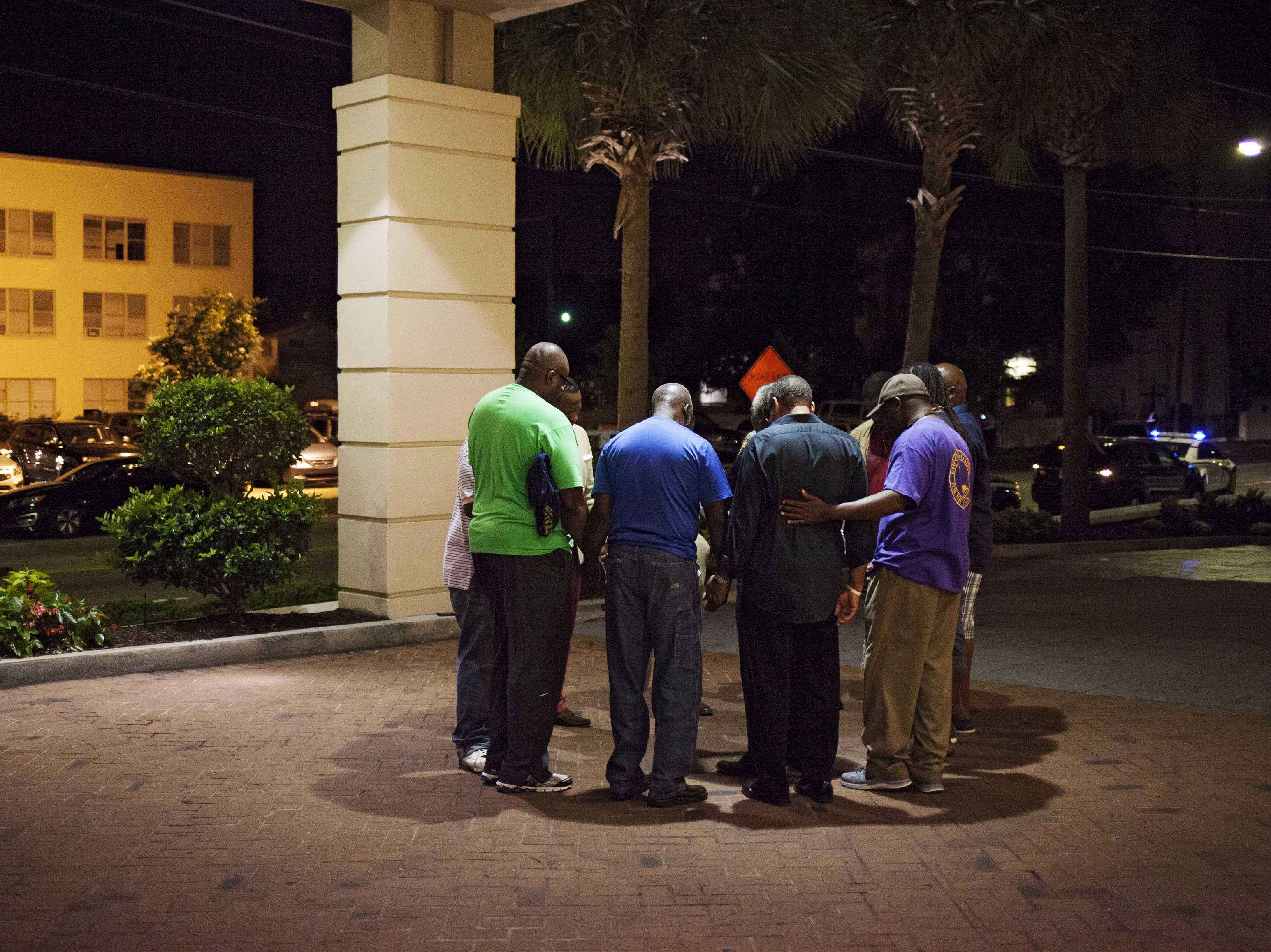The Charleston Massacre was an act of domestic terrorism. Consider:
Emanuel African Methodist Episcopal Church (AME) was a historically black church founded by a freed slave who eventually tried to lead a revolt to free his people. In the aftermath, the church was burned down. Because predominantly-black churches like Emanuel AME were known to be hubs of activism for the oppressed, soon after the church was rebuilt it became illegal for congregates to gather there. They had to hold their meetings in secret until after the civil war.
Since that time, it has remained a seat of civil rights activism, hosting the likes of Booker T. Washington and Martin Luther King Jr. And for this, Emanuel AME and other predominantly-black churches were (and remain) frequent targets of domestic terrorists with segregationist and white supremacist leanings.
None of this was lost on the shooter—he chose this target precisely because of its symbolism. He drove 100 miles to get there, arrived during a Bible study, and asked for his primary target by name: Rev. Clementa Pinckney—the serving pastor of Emanuel AME, a tireless civil rights activist, and a sitting state senator. All said, the spree resulted in the deaths of four preachers and five others—almost all of whom were involved in various types of community organizing, civil rights activism and public service.
Mr. Roof committed this atrocity with political ends in mind: he wanted to restore segregation, and to ensure that whites continued to be the socio-economic and cultural majority in the United States. He was hoping that his massacre would spur a race war, from which whites would emerge victorious, reclaiming their rightful place in American society, and subjugating the vanquished minorities. He viewed pluralism, equality and tolerance as Trojan Horses, existential threats to his kind—and ideologies which would be abolished in the aftermath of the cataclysm he was hoping to provoke.
To indicate both the historical and global dimensions of the conflict, he wore a jacket emblazoned with the flags of apartheid South Africa and Rhodesia. His car had a Confederate Flag license plate, and in the lead-up to the shooting he took a pilgrimage to notorious slave plantations and Confederate landmarks, photographing every step of the journey and disseminating these images online.
He participated in internet forums with fellow ideologues both in America and worldwide, and released a detailed manifesto explaining what how and why he chose his target, how he was drawn into the movement, and what his aspirations were for the attack.
It was a textbook example of domestic terrorism, and the single most lethal incident in the United States since 2009. It is disturbing that there is even controversy as to if it was a terrorist act, or if it was a racially-motivated hate crime. Disturbing, but typical of incidents of white terrorism.
